My first contact with YIMBY trailblazer Sonja Trauss was during Arlington, Virginia’s missing middle reform debate. In a helpful letter to the Arlington County Board encouraging the reform, Sonja praised the inclusion of provisions to “Maintain and promote a healthy tree canopy.”
We are impressed by the unusual prominence your plan gives to promoting and preserving trees. Many of the perceived detrimental effects people associate with multi-family housing are actually related to having a thinner tree canopy. Forward thinking communities should follow your lead and plan to ensure healthy tree canopies in all residential neighborhoods, irrespective of the housing density.
Even as I acknowledged my inexperience with housing advocacy, I could not help but find Sonja’s position a bit curious. In a fight to deregulate housing, why concede anything on trees? Some of our most obnoxious antagonists were Arlington tree advocates whom I ended up privately referring to as “The tree fascists.” By fighting to preserve every single tree in Arlington, they presumably did their small part to fuel sprawl in Northern Virginia’s exurbs, dooming many more trees to be cut down.
People have a unique emotional attachment to trees.
So although I was willing to take her word for it, when we got on a call, I asked Sonja about trees and expressed my hesitation. Her straightforward explanation: Over time, she found that people have a unique emotional attachment to trees. Simplistically, people just really like them. The issue is worth leaning into, and embracing it undermines the critique of denser housing as a harbinger of paved bleakness.
It might have been Sonja who told me that people get weird about trees because they remind us of our own mortality. Stephen King got angry letters when a character in one of his books kicked a dog to death. The Romans purportedly butchered elephants in the arena only once because the majestic creatures had a disturbing quasi-humanity. The idea of a tree getting cut down, especially an old one, touches a similar place in our brains and hearts. My wife grew up in the Pacific Northwest. Learning that the region’s old-growth forests were wiped out left me with an aching sadness.1
I wish to discuss why I have come to share Sonja’s belief in street trees’ importance. The reasons are not surprising, certainly not original, yet they seem underrated. Trees profoundly elevate the experience of being in the built environment.
Vitality
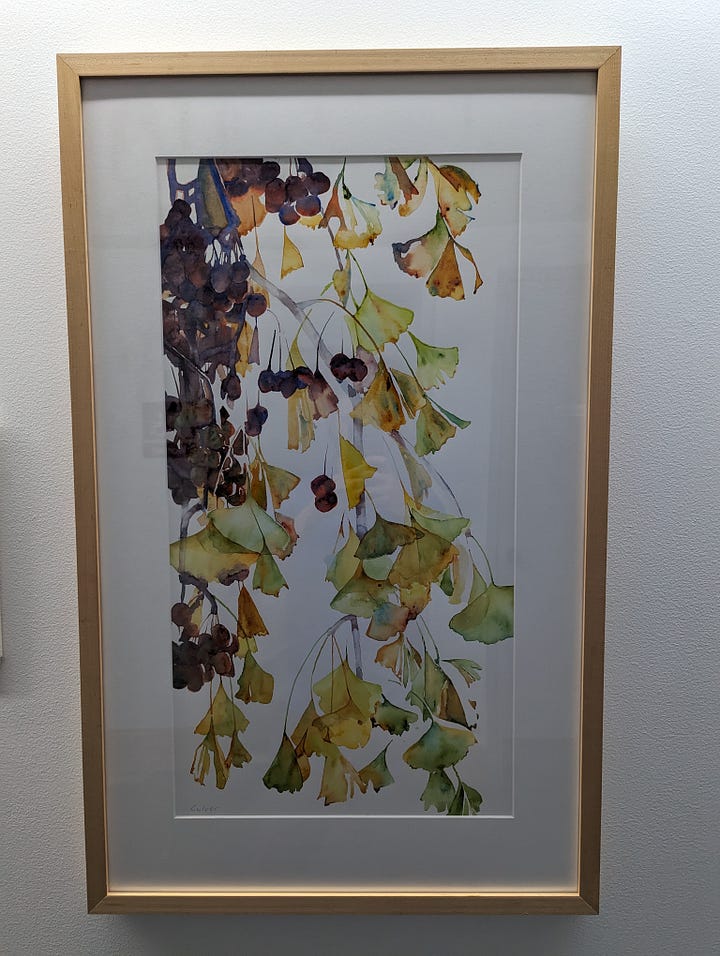
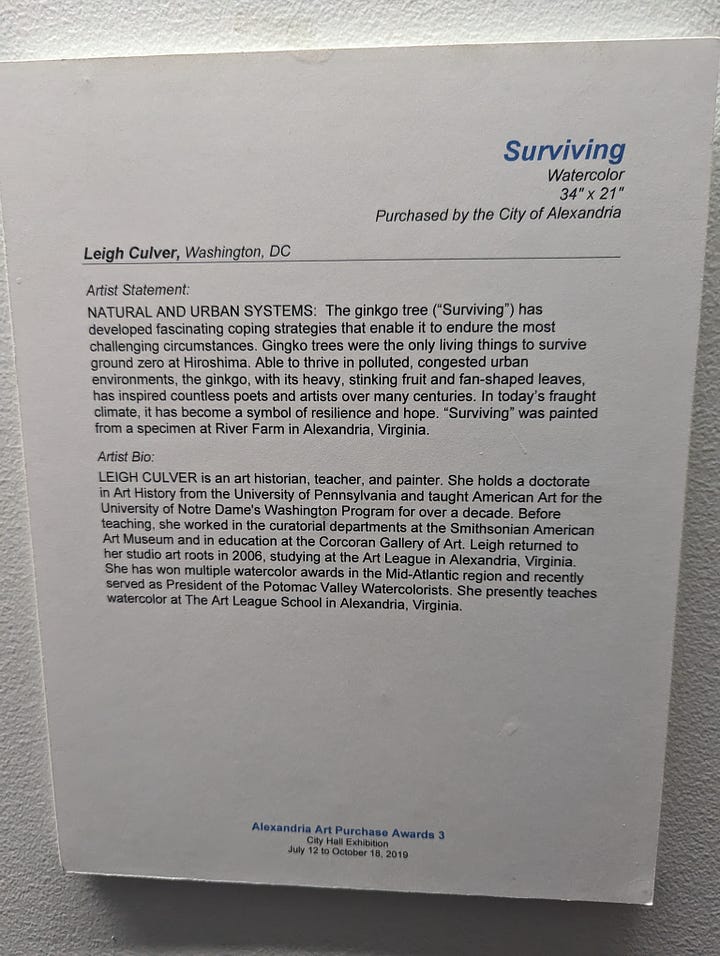
Whether a built space feels functionally dead or alive often comes down to trees. People generally associate intense development and dense housing with desolate expanses of concrete and pavement.
I should acknowledge that trees cost money and might require expertise and significant effort to maintain. I am not arguing for an unfunded tree mandate. Money has to come from somewhere. By the same token, a featureless, treeless space too easily feels like it was built on the cheap, without consideration for people in it. Life without trees is like life without music or dancing. We yearn for something more.
My family recently stayed in Times Square, which I hope to write about soon. Being near Central Park was a Godsend as we killed hours on end with our three small kids. Walking up 7th Avenue past Carnegie Hall, my eyes naturally locked onto the sidewalk trees on the two blocks leading to the park. Thank goodness Manhattan exists, there are so many good and important things about it, but I realized that I would be uneasy raising children in a place where trees are a destination amenity.
Shade and Cooling
Trees have many virtues, but I find myself actively wishing for one when I am too hot in the sun. I decided to finally write this essay while lingering in the leafy cool.
As an aging father with a deepening hat dependency, I am a prime target for Big Tree and its shady agenda. However, next time you find yourself outside on a hot day, take a moment to appreciate how much more comfortable you are under the shade of a tree than exposed in the sun. Trees may have a further cooling effect by releasing moisture into the air. And in autumn, when sunlight becomes precious, most shed their leaves.
Also as a parent, I cannot stress enough that shade can make or break a playground. Shadows are a traditional talking point for San Francisco NIMBYs. In one infamous case, NIMBYs objected that redeveloping a laundromat into housing would cast shade on a playground, allegedly endangering children. Granting that San Francisco gets chilly and has a dearth of direct sunlight, that is crazy. In case it helps you feel better, Sonja and other YIMBYs have dramatically shifted the local debate in the years since.
Shade trees help people spend more time outside when they most want to, in warm, sunny weather. Our family ventures outdoors year-round and finds heat more challenging to gear up for than cold. You can only wear so little clothing and carry so much water, while adding a layer or using warmer accessories is easy enough. Even as we have learned that autumn and spring offer the best hiking weather, we still appreciate that forested treks can be viable for kids at the height of summer.
Plus keeping an infant cool in the heat is a much bigger challenge than cocooning one.
Songbirds
One of the great things about being in a neighborhood with many trees, or even just a sprinkling of them, is the sound of birdsong. It is not as hard to buy as love or a vine-ripe tomato, but such twittering relieves stress, whether we notice or not. If you can hear a bird singing, something must be going right in the world. Trees attract other generally pleasant animals like squirrels, but birdsong is a magic ingredient.
A sense of enclosure
This theory is contested and can be taken too far, but the basic idea is that people like feeling somewhat enclosed and sheltered. We supposedly gravitate toward the edges of a courtyard, not the center. Hygge? A sense of enclosure. Cuddling? A sense of enclosure. Tunnel Girl? Intrepidly pursuing a sense of enclosure! Trees or ornamented architecture can also prevent pedestrians from feeling dwarfed by tall buildings. The condos pictured above on the right are four stories tall, but the trees anchor the space.
A sense of peace and order
This is my vaguest observation, but trees create a sense of peace and order that is pretty hard to deny. Being in a forest feels like being in a cathedral created by God.
Beauty
I think that I shall never see / A poem lovely as a tree. - Joyce Kilmer
The cliche here is that we cannot replicate a tree. Much public art of the past century is rather uninspiring or at least confusing, maybe on purpose, but trees are timeless (though sharks are older). Trees also create a sense of place. The trees and flora of the Pacific Northwest are almost otherworldly to me after a childhood in the Deep South, while the pines and oaks of Northern Virginia are somewhat recognizable. As I have written before, beauty is a necessary part of a decent life, not an indulgence.
A priest friend explained to my wife and me that evil is best understood as an absence of good; it is boring and predictable. Trees uniquely embody the good, the true, and the beautiful. We miss them with a depth that speaks to the power of their presence.
Thanks to my 1,180 subscribers, especially my 18 paid subscribers. If you enjoy this blog or want to work together, please contact lucagattonicelli@substack.com. I founded the grassroots pro-housing organization YIMBYs of Northern Virginia and live in Alexandria near DC.
When I was a small child, I even had a bizarre attachment to the word “tree.” Never thought I would have a reason to mention that, but here we are!

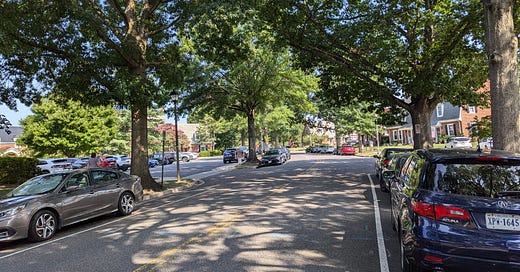



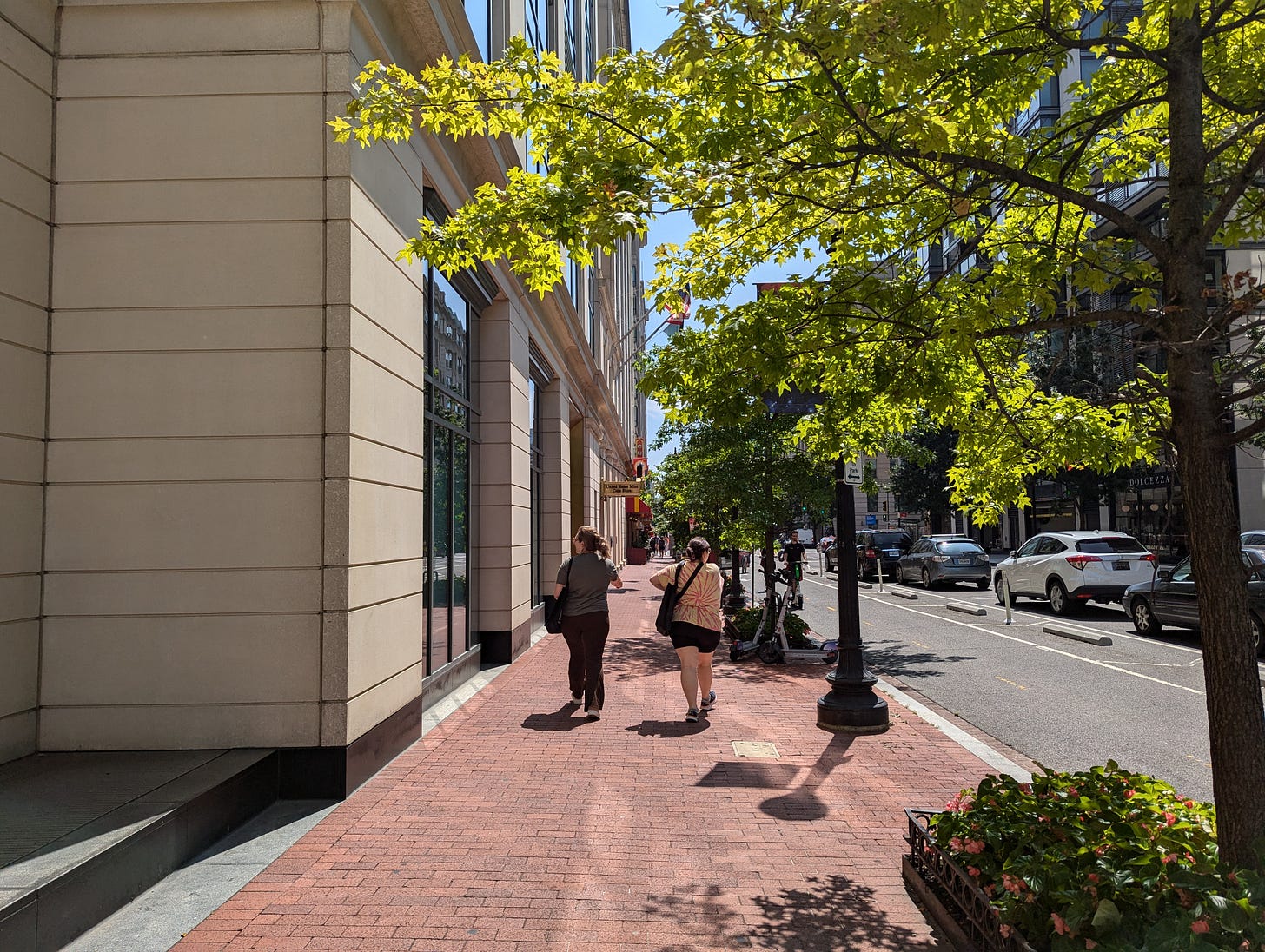

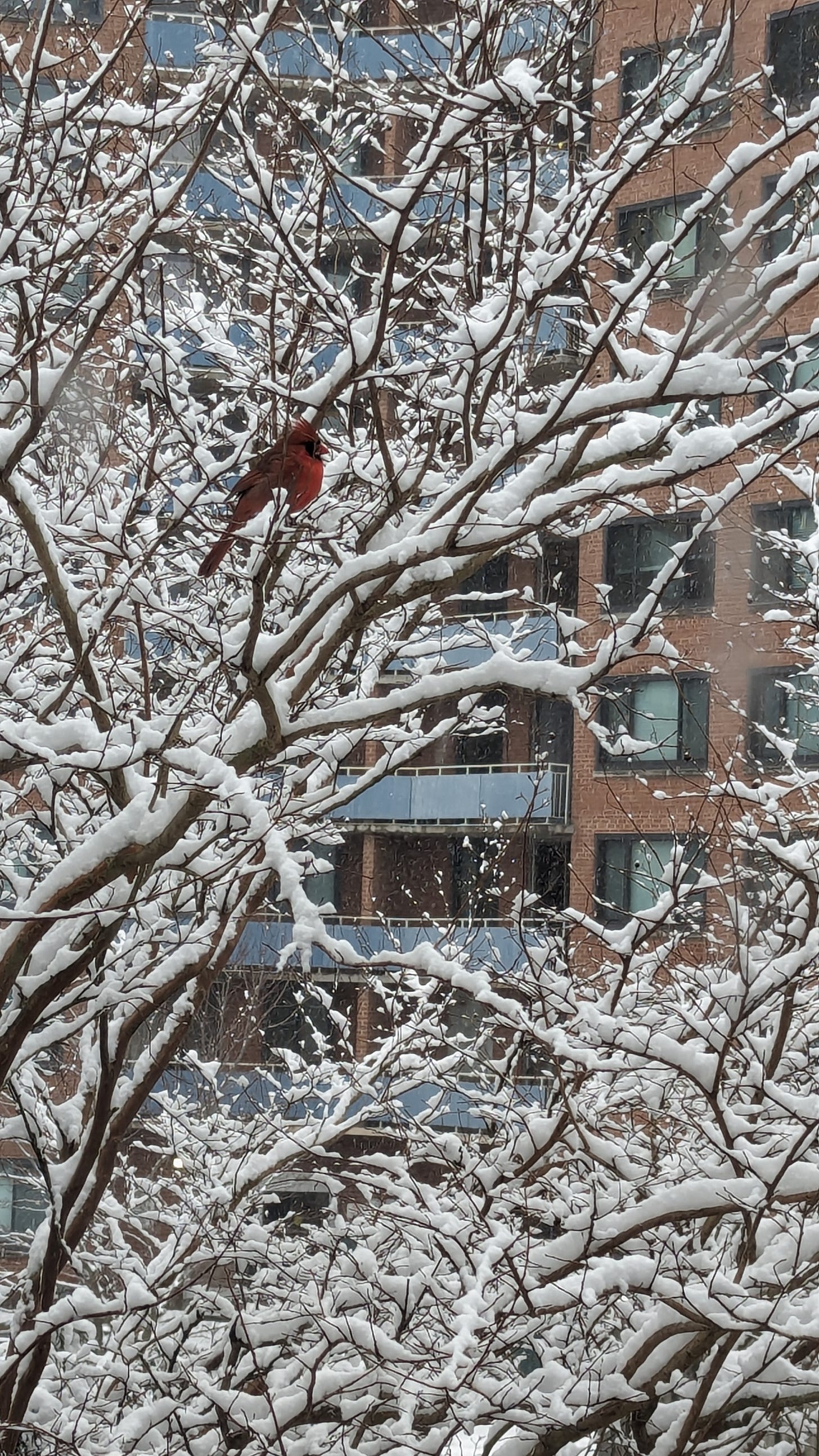
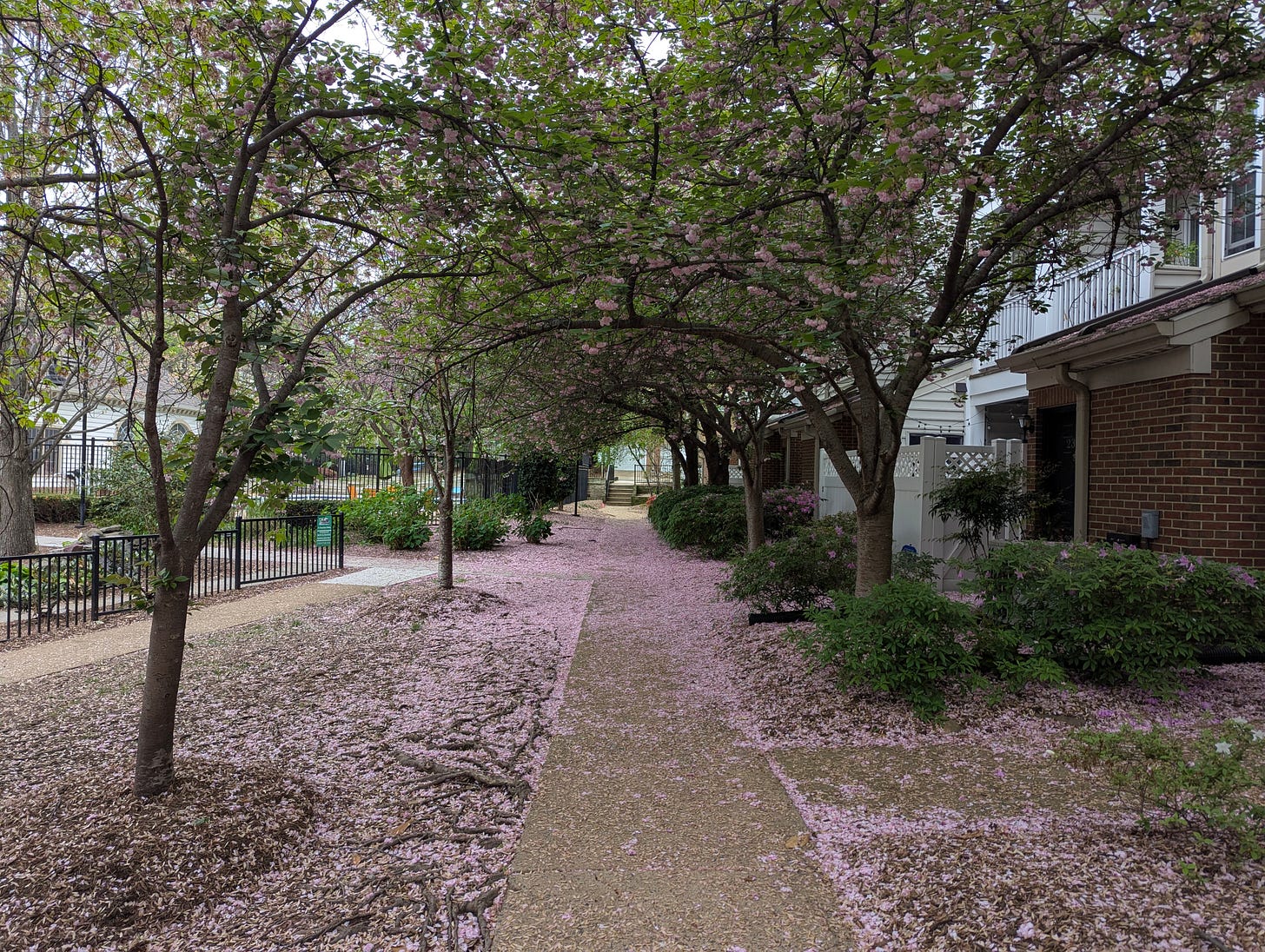
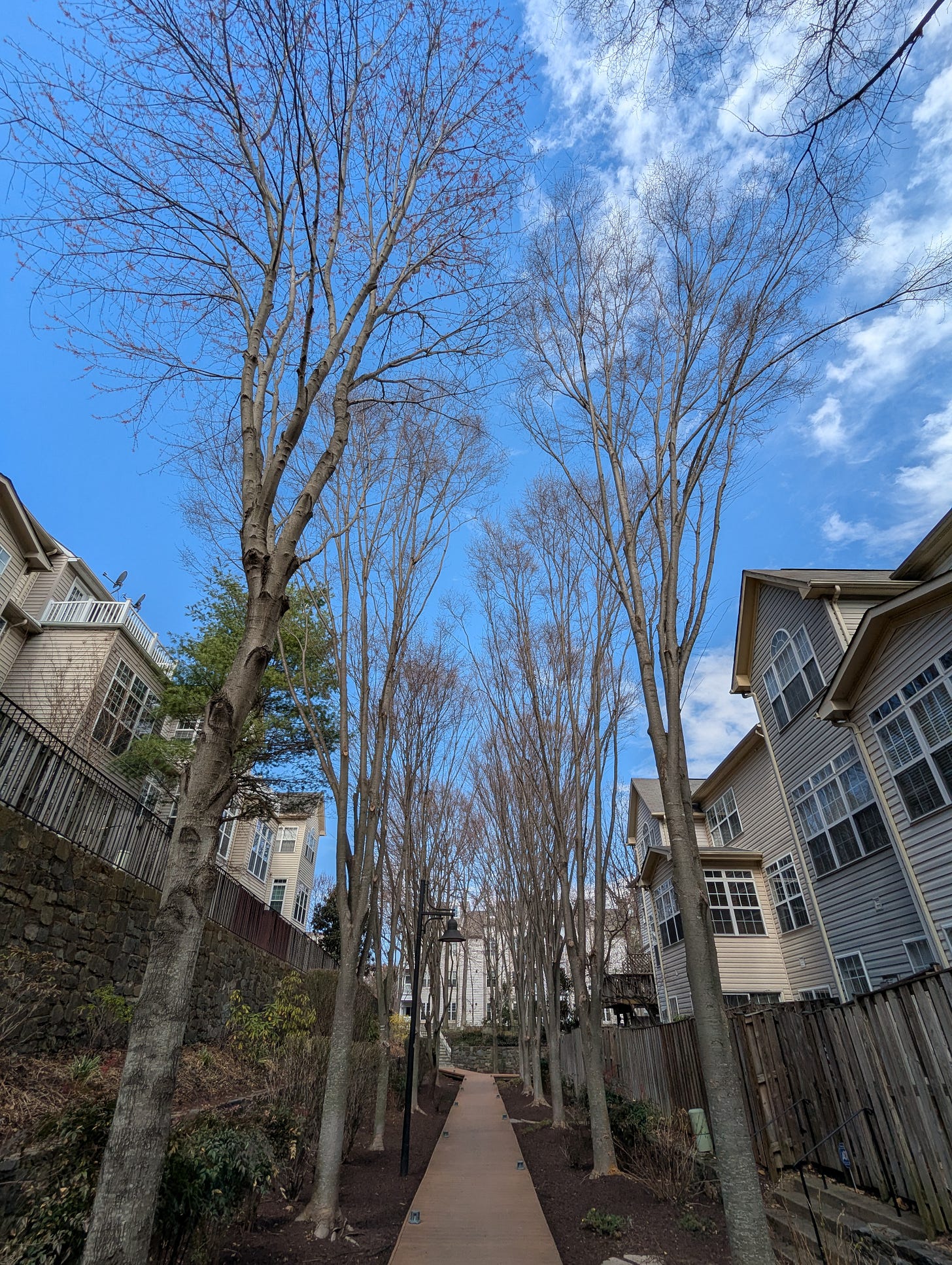
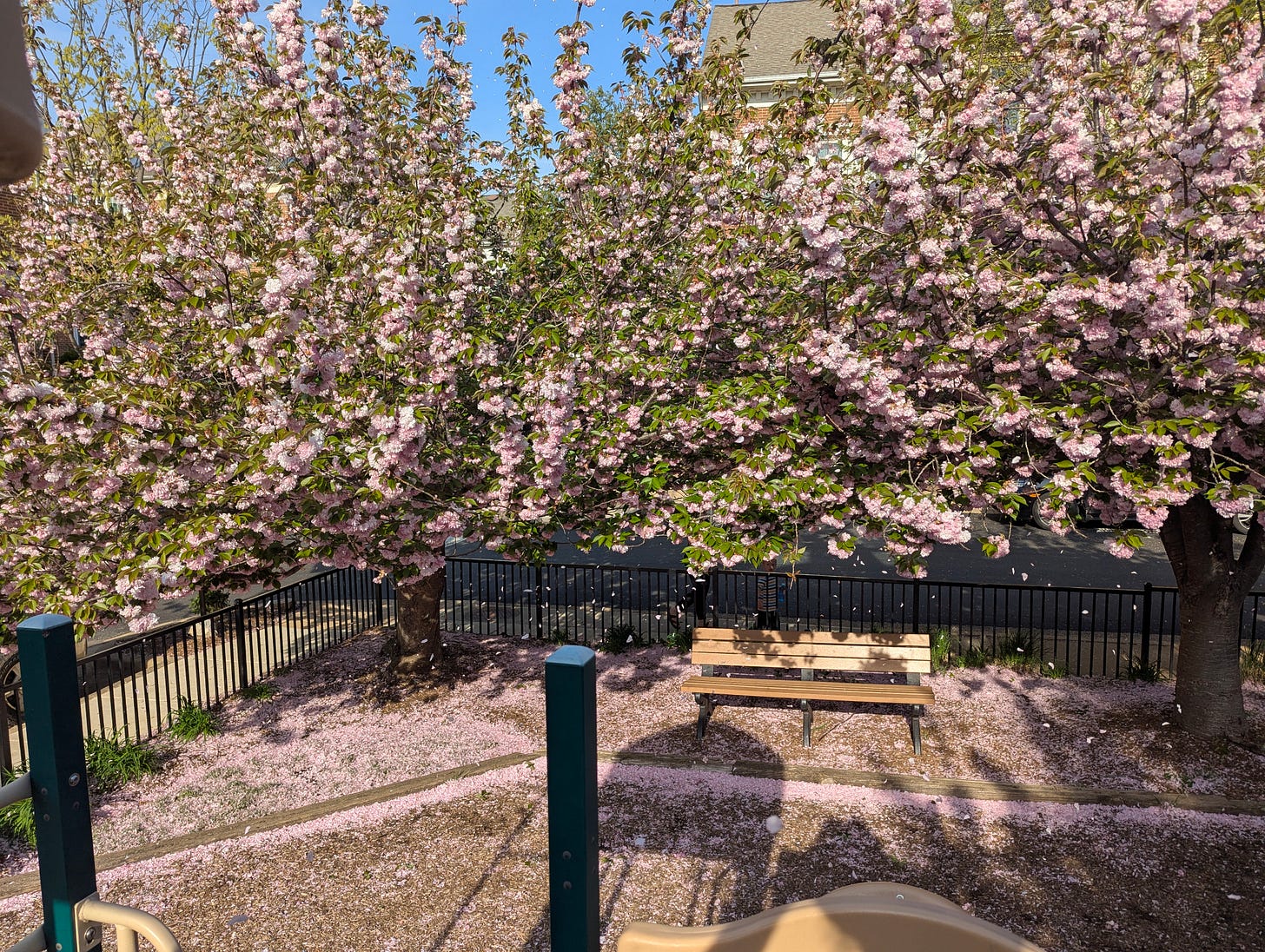
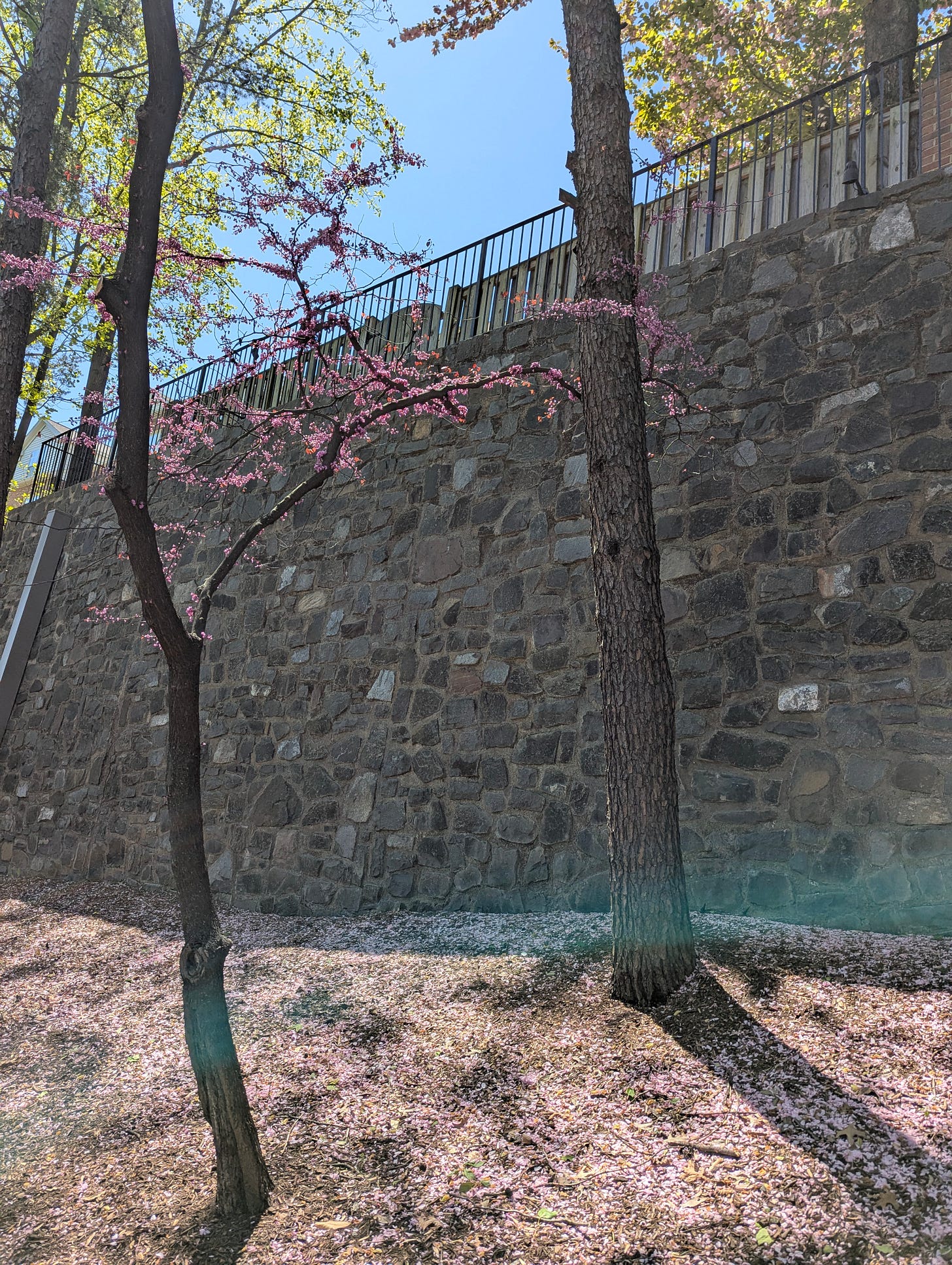
Lol @ “Big Tree and its shady agenda”
On a more serious note:
1. One of the (many!) reasons Mexico City is one of my favorite cities in the world is the extraordinarily lush tree canopy both on streets and in many parks. It’s truly phenomenal! e.g. https://www.reddit.com/r/travel/s/V8iOSgvBXi
I find it to be a huge inspiration back here in DC—I think to myself, “Is there a specific reason that this street that appears to have a ‘lot’ of trees couldn’t have 4x as many, like in parts of Mexico City”?!
It’s especially spectacular in March, then the purple jacaranda trees bloom!
https://thecreativeadventurer.com/the-ultimate-guide-to-seeing-the-jacaranda-trees-in-mexico-city/amp/
2. Singapore has lots of buildings with trees on their balconies and roofs, and (when combined with street trees) it really makes the city feel like a “garden city.” It’s one of the big reasons I liked Singapore a lot more than Hong Kong, which I thought was dominated by giant ugly gray towers everywhere I went (though to be fair, at least they have mountains).
3. I realized a while ago that beautiful architecture has a tricky issue: if we have trees in front of pretty buildings, then it sort of hides the beauty of the building—which is sad because trees and pretty buildings are both great, and I don’t want them to be in tension with each other. It is very interesting how in Europe there are many squares and pedestrian malls with little to no tree coverage, presumably for architectural reasons.
A Spanish friend of mine was complaining to me about how one of the plazas at the center of the city in Madrid was recently renovated with zero trees included in the design… but I think that was kind of the point. And an online search says that apparently the city council wants it to be a walk-through area and not a rest area (which seems a bit short-sighted to me): https://madridsecreto.co/en/puerta-del-sol-trees-en/
4. One great things about trees is that they can do a good job of hiding ugly buildings, and as you noted, can hide how tall a building is—making it easier to have density that goes semi-unnoticed.
5. Another awesome place for trees is indoors! In particular, I recently flew from Singapore to Doha, which is a special route because it connects the two airports that are famous for their indoors forests. Singapore’s, in particular, was truly just spectacular!
6. Speaking of bringing trees indoors — I’m *super* excited for the future of mass-timber buildings, like the new terminal at Portland airport (PDX): https://www.designboom.com/architecture/zgf-pdx-portland-airport-main-terminal-mass-timber-oregon-08-14-2024/
Thanks for the great start to my day—and now you have me thinking about turning this comment into its own Substack post….
I commented to someone a while back that improving the ability to replant mid-growth tree (rather than the quasi-saplings that have to be planted) would smooth a lot of the pain of new/re-development. I have no idea what the pathway to that would be though.